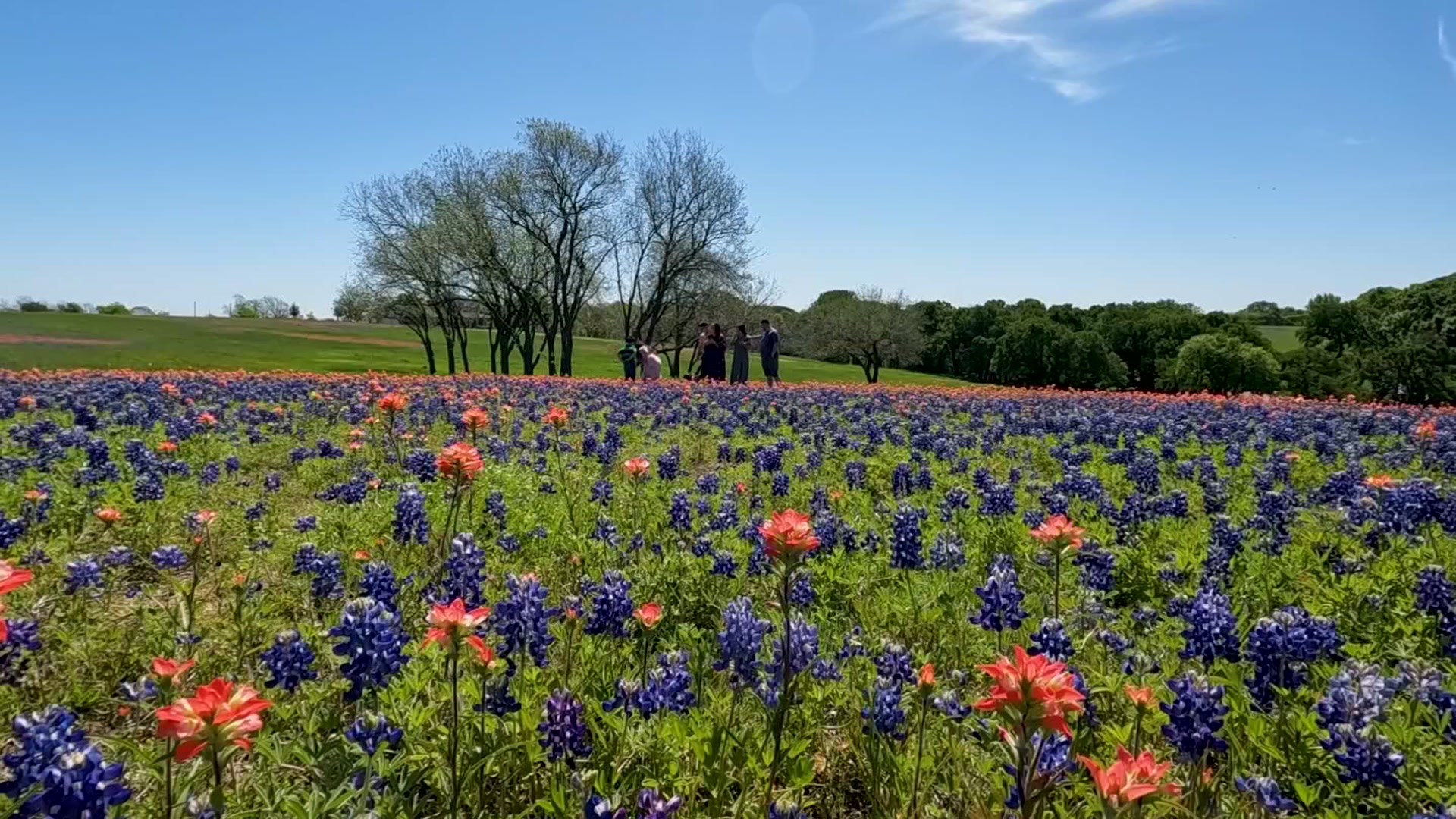If your hackberry trees are in rough shape this year don't blame your green thumb, because something else is laying waste to them across a large portion of the Metroplex.
Experts at the Texas A&M Agrilife Extension have identified a species of caterpillars that are infesting the trees through much of southern Denton County and into parts of Tarrant and Dallas counties.
Dr. Michael Merchant said his team has found trees in bad shape from North Richland Hills into the Lewisville Lake area, and as of Tuesday as far north as Corinth.
The small, green caterpillars are about a half-inch long and leave behind a silk.
In addition, they're also chomping the hackberry leaves and leaving only a skeleton of the leaf behind and the overall tree an eyesore.
According to Janet Laminack, from the Denton County Extension Office, the caterpillar is not known for being a pest and doesn't even have a common name they know about, only the scientific title Sciota celtidella.
At this point Merchant's team has captured some of the caterpillars and are monitoring them to see what kind of moth they eventually turn into.
Local
The latest news from around North Texas.
The extension officers expect the caterpillars will move on as they transform and likely not return to the area next year.
As for the trees though, it's unknown what the caterpillar damage will leave in the long term.
Merchant said the hackberry trees have been wildly grown in the North Texas area for millennia, and he expects them to bounce back from the infestation.
Laminack, though, said trees that were already stressed could be in trouble as they try to recover from the situation.
She suggests watering your hackberry trees an inch every week to give them a better chance and add mulch or organic material as well. She also said that if there is still green on the tree, owners can spray for the caterpillars to deal with the problem.



